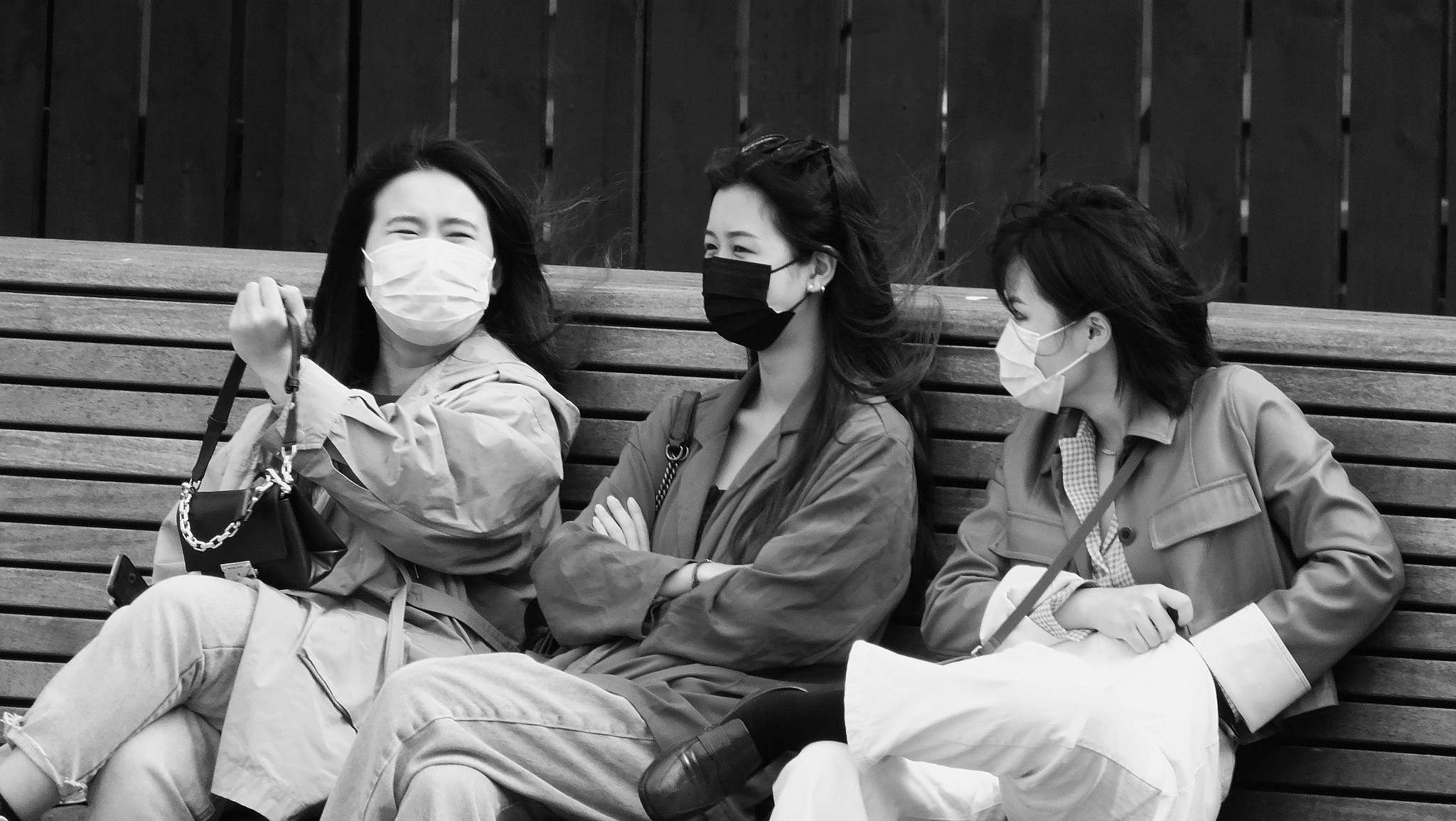As stressed medical students looking for an eventful destination to spend our spring break, my friend and I chose to take a trip to America’s Big Apple, New York City. On a sunny day in NYC, I remember enjoying our morning cups of coffee and walking into a subway station when, suddenly, an older man shouted at us, “Take your corona and get out of my country!”
Having grown up in Hong Kong and then Southern California where there is a prominent Asian population, I am fortunate to say I have never really experienced discriminatory events, especially none this direct. More than shocked, I was disheartened. Despite hindrances and inconsistencies in life, my ancestors never stopped pouring sweat to better America, this country that we call home. Knowing that Asian American history is deeply intertwined with this country’s development, it felt like our contributions did not matter when that man verbally attacked us. It felt like we were not welcome after all.
That got my friend and me, both Asian American medical students thinking: Are Asian Americans misrepresented and experiencing disparities within our health care system, too?
Health disparity is a term that refers to the differences in medical resources and health outcomes experienced by social groups. These groups are defined by gender, race, education and socioeconomic status, to name a few. Despite significant research on health disparities, Asian Americans are among one of the least studied groups on this matter.
And why is that?
From our nation’s history, there is a deeply rooted belief in the “model minority” myth. This ideology stereotypes Asians to be more educated, financially stable and healthier compared to other minority groups. While this generalization might seem positive, it actually brings more harm than good. Such a social myth can undermine the struggles experienced by less fortunate Asian Americans. By generalizing the whole Asian American community using a few successful examples, Asian American folks in need are inevitably overlooked. In reality, certain Asian groups (Vietnamese, Hmong and Cambodians) have higher poverty rates than the national average. In addition, suicide is ranked as a higher leading cause of death among Asian Americans than among other ethnic groups combined.
Secondly, there is immense diversity within the Asian American community. In Asia alone, there are 49 countries with 23,000 different languages in use. Data also shows that about 70% of Asian Americans are foreign-born. In a clinical setting, the immense diversity of languages poses a language barrier to equal access to medical resources. According to research done by Dr. Grace Ma at Temple University, cancer is the leading cause of death in Asian patients. Yet, they have the most trouble understanding clinical instructions and the highest dissatisfaction rates in regards to their cancer care.
Last but not least, many health providers are ill-equipped to discuss Eastern medicine with Asian patients. Growing up in an Asian household, I experienced Eastern medicine, such as tiger balm or herbal tea, like many people in our community. On several occasions, these products have worked wonders. Asian patients may resort to Eastern medicine and, in turn, oppose Western treatments. Since most Western physicians are unfamiliar with alternative medicine, such a preference can further pose as a threat for disparity and miscommunication. As health care providers, we should educate ourselves on topics such as alternative medicine to better serve our patients from Asian American communities.
Asian Americans are not only a minority in number, but it is also undeniable that we are among the groups vulnerable to health disparities. As future educators and physicians, it is important for us to understand the factors that create health disparity in our system. Even seemingly positive stereotypes can cause us to overlook the diversity within a group and cause patients to suffer. Especially in a sensitive time when Asians are experiencing more xenophobia due to COVID-19, we should question societal beliefs and be cautious about our assumptions with all patients.
Image credit: Three Women, Masked 02 (CC BY-NC 2.0) by byronv2

